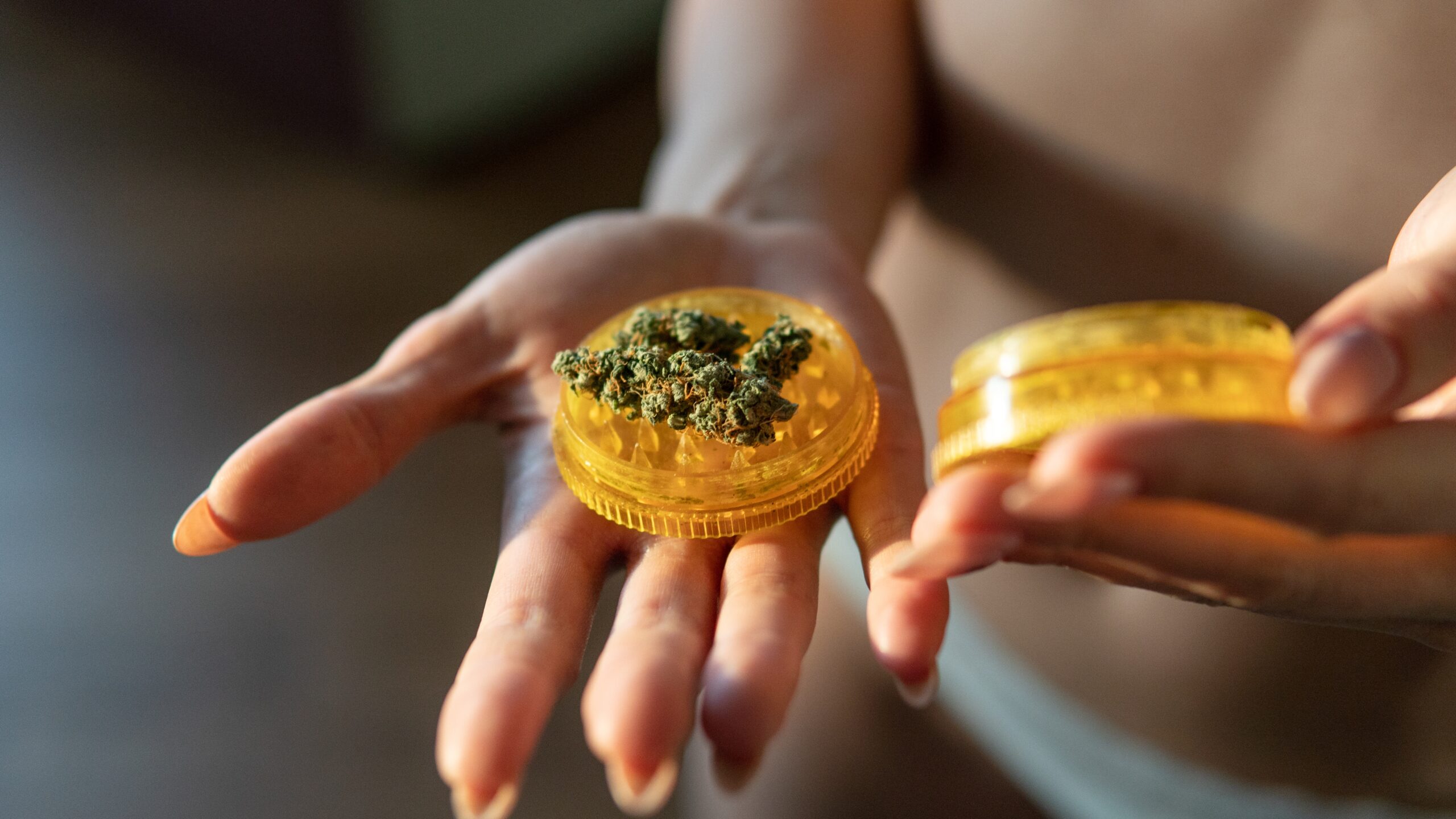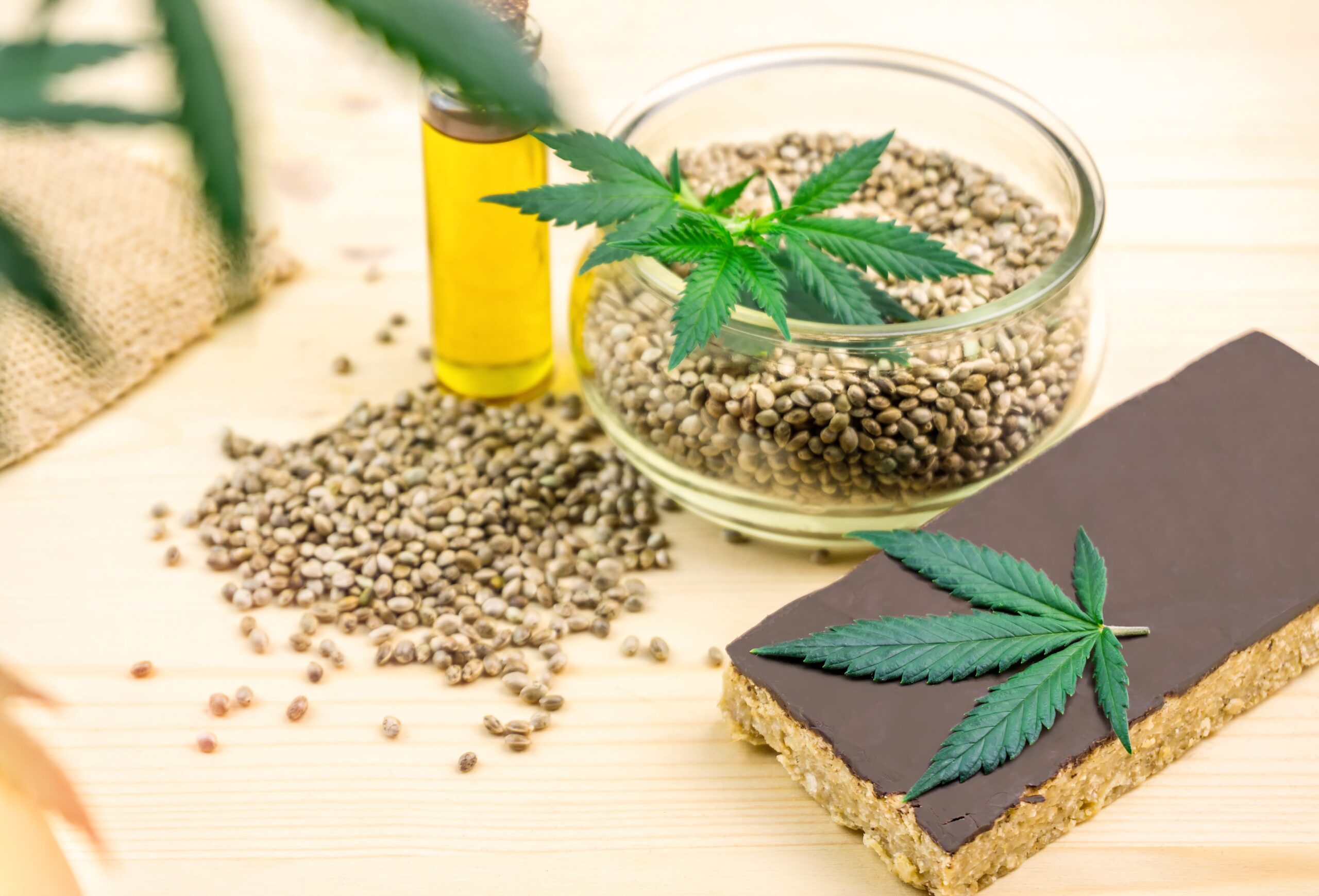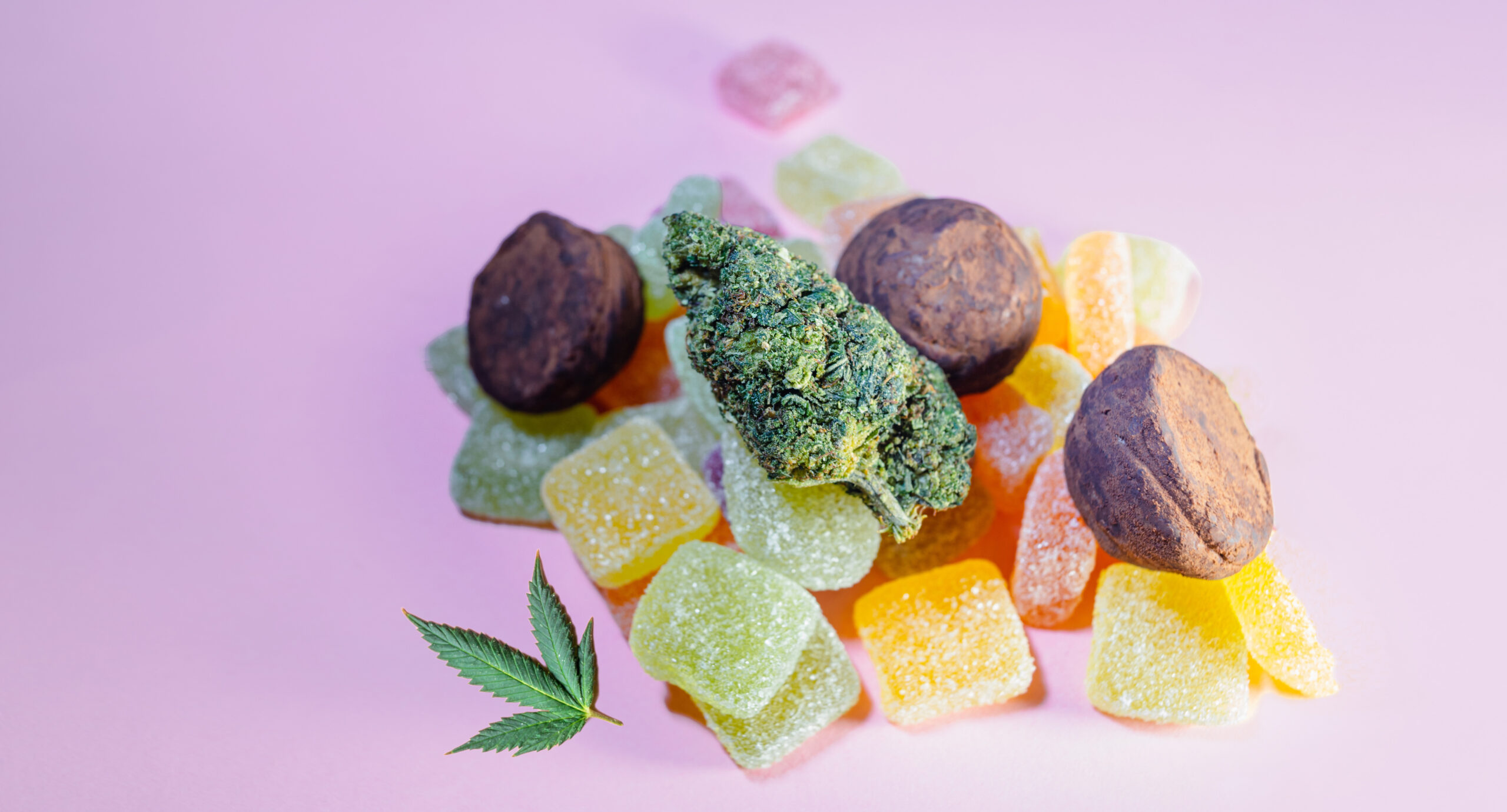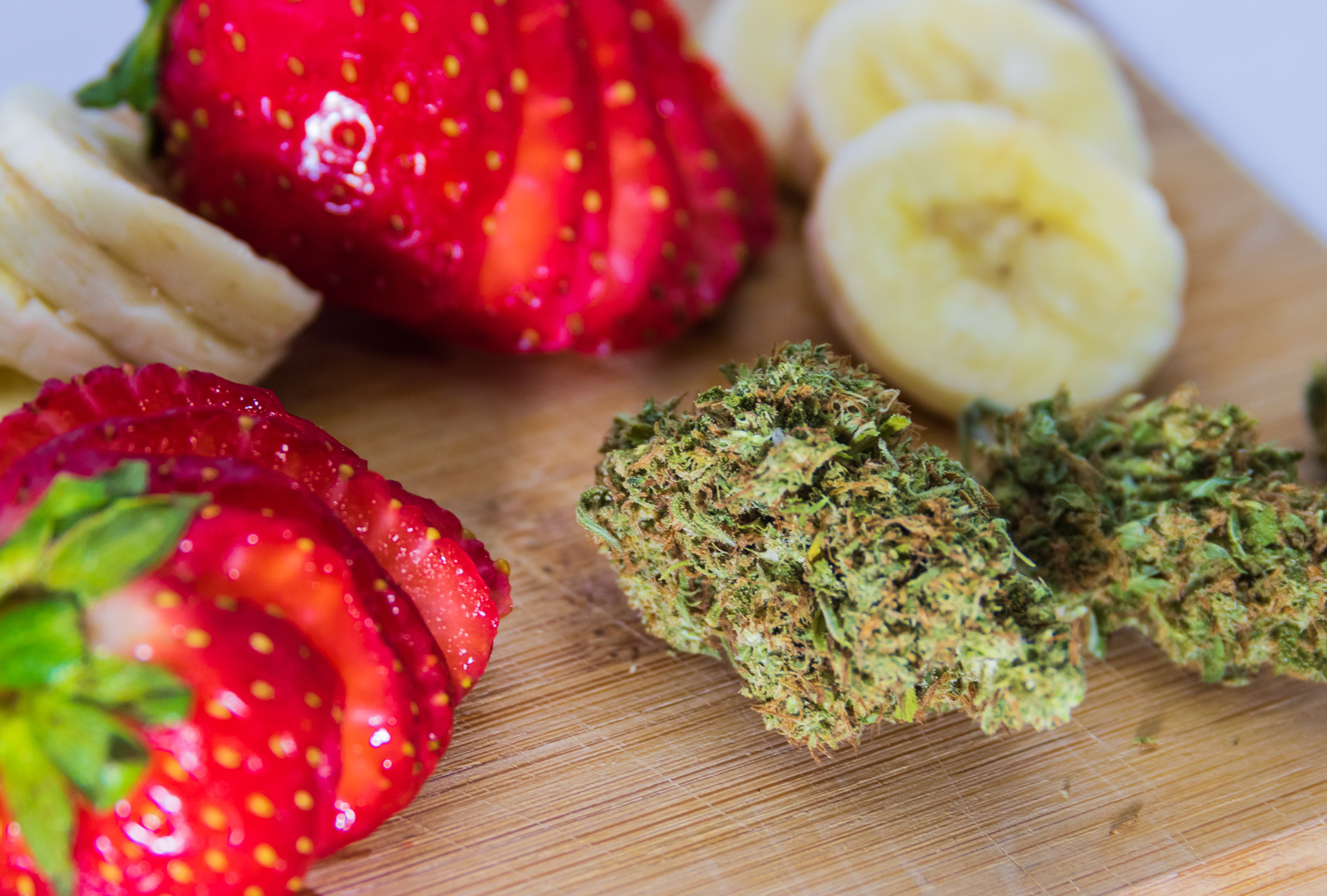Over the years, cannabis edibles have become increasingly popular due to their convenience, discreetness, and long-lasting effects. These edibles are food items that have been infused with either THC (the component) or CBD (the psychoactive component) derived from the cannabis plant. They come in forms such as gummies, chocolates, brownies, cookies, beverages, and more.
Potent Effects
Compared to smoking or vaping cannabis, consuming edibles offers longer-lasting effects. This is because when you consume edibles orally, the cannabinoids go through a process where the liver metabolizes them before entering your bloodstream. During this process, delta-9 tetrahydrocannabinol (THC) gets converted into 11 THC, a compound that’s more powerful than its original form.
The conversion of THC into 11 THC causes a delay in the onset of effects compared to smoking or vaping. While inhaling cannabis results in immediate impact, it may take anywhere between 30 minutes to two hours for the effects of an edible to be felt. It’s important for users to be patient and wait until they feel any effect before considering more doses.
Controlled Dosage With No Potential Risks
One of the benefits of cannabis-infused edibles is their ability to provide controlled dosing. Each product clearly indicates the amount of THC or CBD per piece or serving size. However, it’s crucial for users to understand their tolerance levels and start with small doses if they are new to edibles. Taking doses without knowing one’s tolerance can lead to effects such as anxiety, increased heart rate, impaired coordination, and even feelings of paranoia.
It’s also important to note that cannabis edibles affect individuals differently. Factors like metabolism, body weight, and personal sensitivity can significantly influence how a person responds to edibles. It is advisable to consume edibles in an environment with trusted friends and always wait for the product to take effect before considering more consumption.
Potency and Duration of Effect
Another essential aspect that users should be aware of when it comes to cannabis-infused edibles is their potency and how long the effects last. Ingesting cannabis through edibles results in absorption but higher bioavailability compared to methods like smoking or vaping.
The effects of edibles can last longer than when inhaling cannabis – up to eight hours or even more. This extended duration can have both advantages and challenges. Although it offers lasting relief for users who seek pain management or improved sleep, recreational consumers looking for a shorter-term high may find it overwhelming. So, it is essential to understand the potency and duration of each product to manage expectations and ensure a positive experience.
Risks of Consuming Too Much
Because edibles take time to take effect, individuals seeking results may mistakenly consume higher quantities before feeling any effects at all. This can lead to overconsumption. It’s important for users to start with small doses and be patient when consuming cannabis-infused edibles.
Furthermore, the delayed onset of effects can complicate overdose prevention. Users who unknowingly consume much might feel inclined to take doses before the initial dose has fully kicked in – resulting in an accidental overdose because they are not fully aware of how they will ultimately react.
Exercising caution in consumption levels helps individuals avoid side effects associated with excessive intake.
Ensuring THC Distribution and Safe Usage of Cannabis Edibles
While THC content in edibles is carefully measured during production, discrepancies can occur when analyzing these products due to distribution throughout the edible.
Laboratory testing methods may not evenly distribute THC during the preparation of samples, which can lead to unexpected results.
Some studies have discovered variability in THC content across parts of a single edible product, indicating a potential risk for inconsistent dosing among individual servings. This variation emphasizes the need for improvement in laboratory testing protocols and clinical guidelines concerning cannabis edibles.
Guidelines for Safe Usage and Regulatory Measures
To prioritize consumer safety, regulatory measures are currently being implemented to oversee cannabis edibles. In jurisdictions where cannabis is legal, these regulations focus on labeling and stringent quality control measures. This includes considerations such as accurate dosage information, standardized packaging, child-resistant mechanisms, and appropriate warnings about effects.
Moreover, responsible marketing practices play a role in educating consumers about the use of cannabis-infused edible products. It is important to communicate potency levels so that users can decide when choosing their preferred products. Certifications like “Lab Tested” or “Dosage Verified” become indicators for consumers seeking reliable edible products.
Conclusion
Cannabis edibles offer an alternative to other methods of consuming cannabis as they provide longer-lasting and more potent effects.
However, they also come with risks if not used responsibly. It’s crucial for consumers to carefully think about the amount they consume based on their tolerance levels and recommended guidelines.
Moreover, having an understanding of the potency and duration of effect for each product can help guarantee a pleasant experience while avoiding any potential negative effects.
As laws concerning cannabis safety progress, it is important for both industry players and regulators to collaborate in improving laboratory testing methods and regulations to ensure consistent quality control in edible products.








